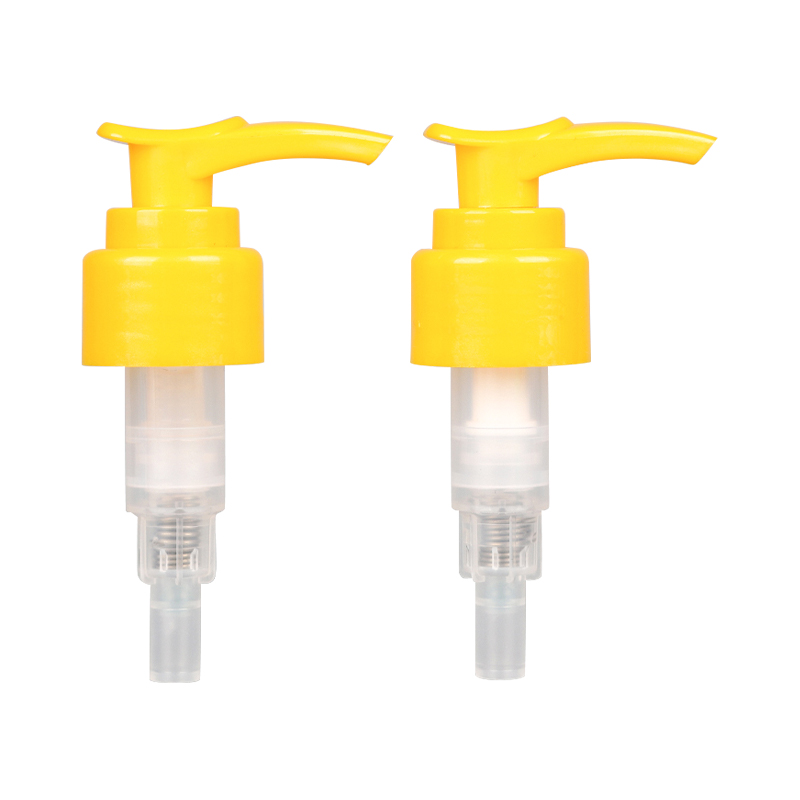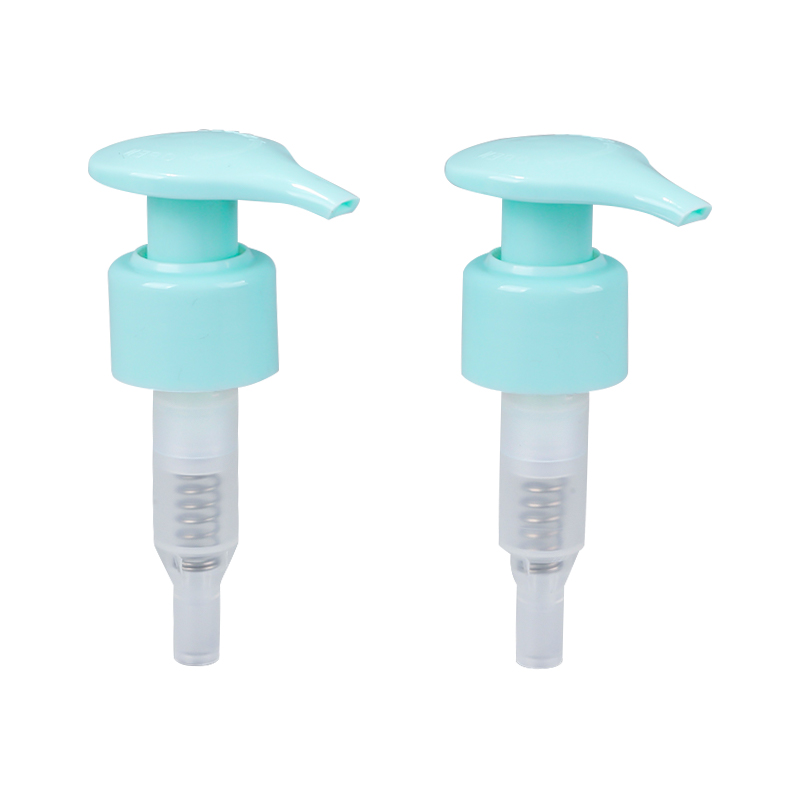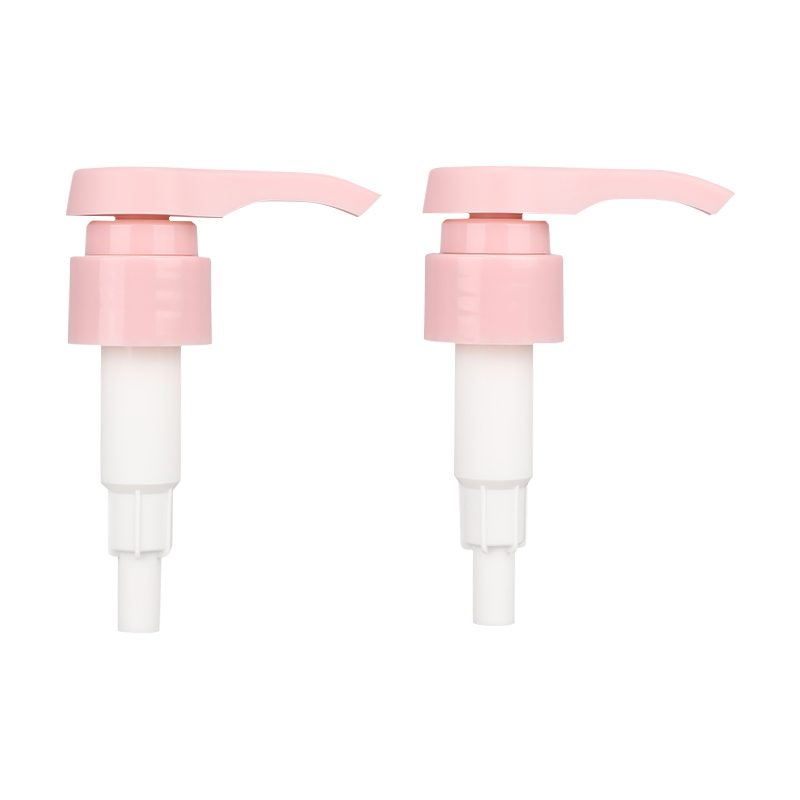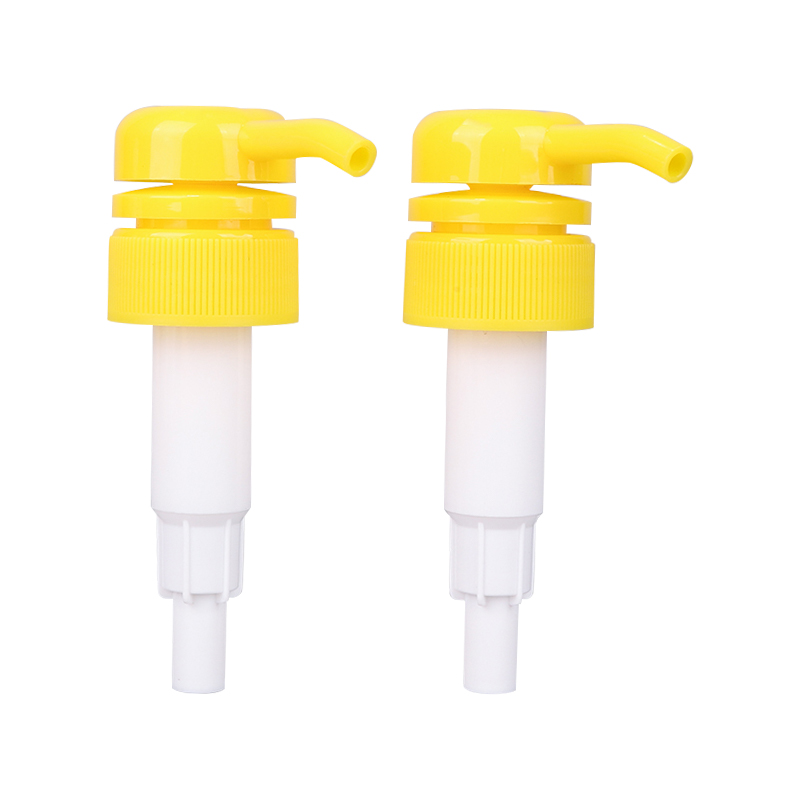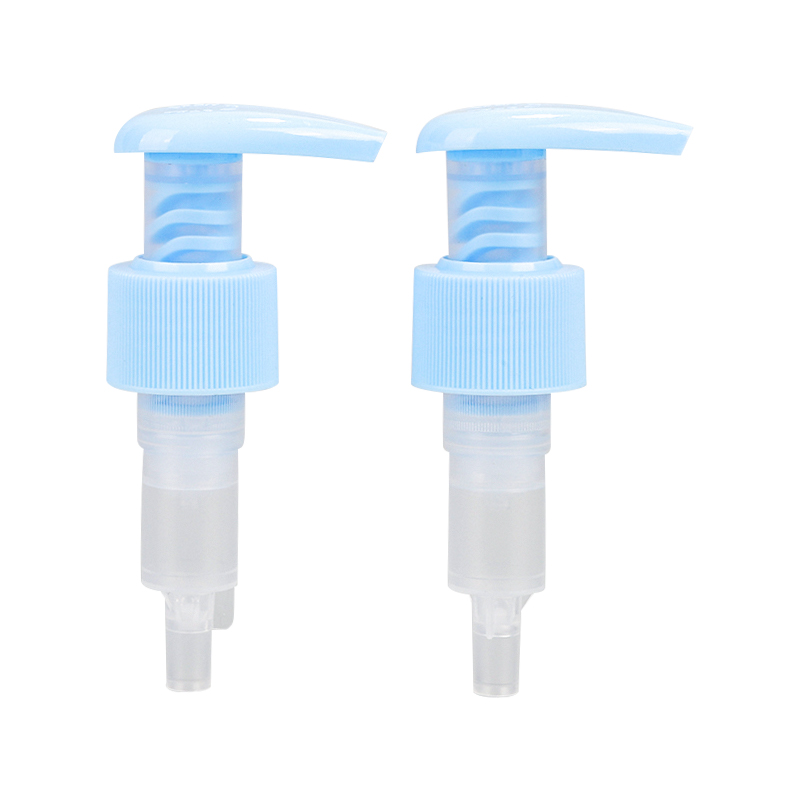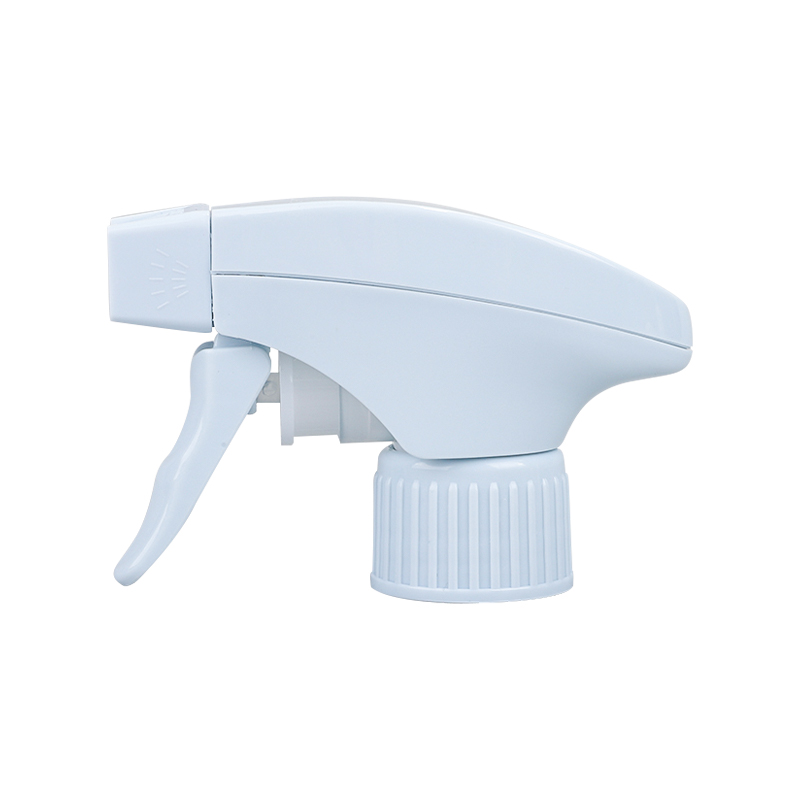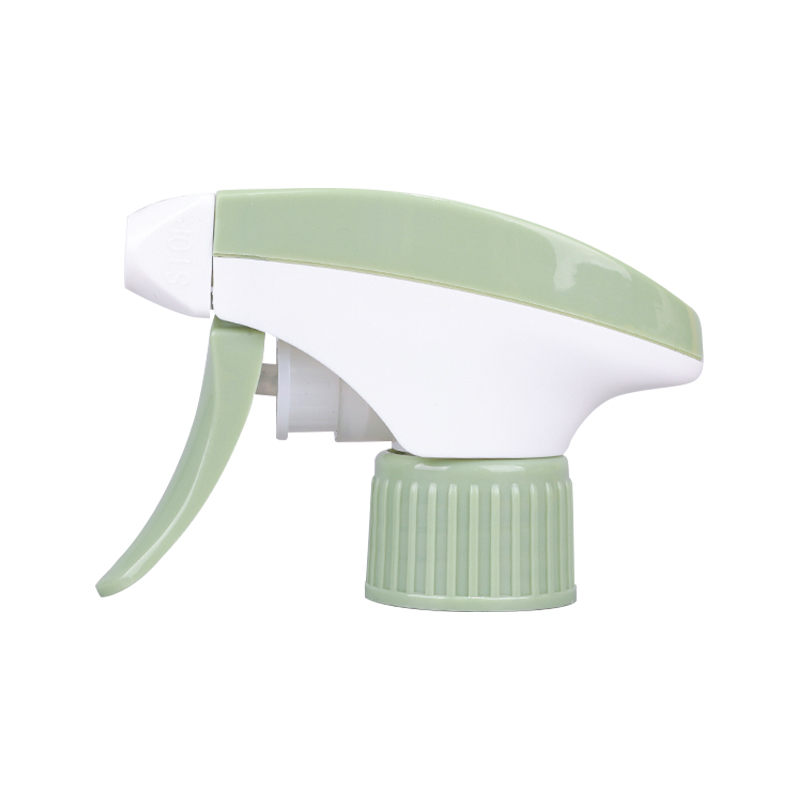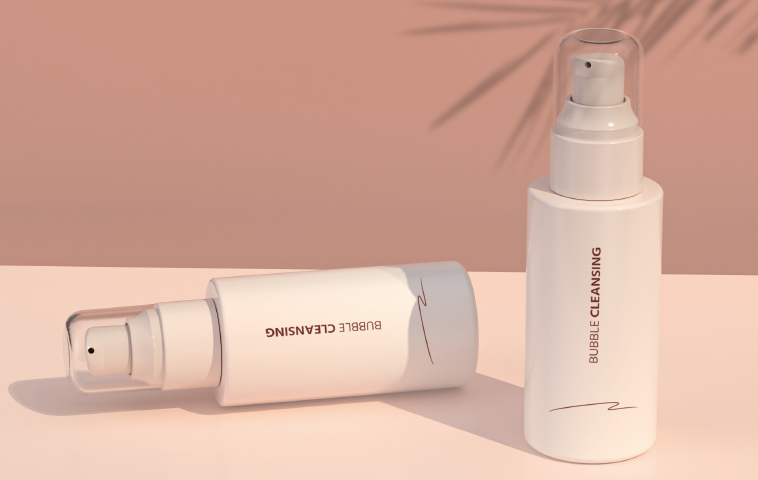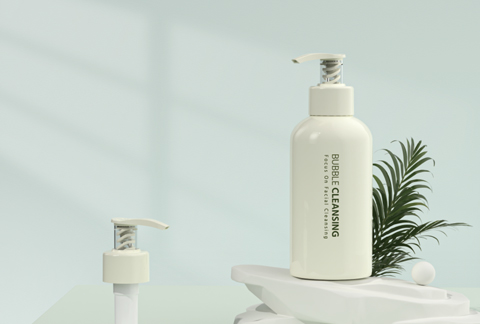Adjustable Nozzles for Variable Spray Patterns
The crucial feature of the High Output Sprayer is its adjustable nozzle system, which provides flexibility in modifying the spray pattern based on environmental factors such as wind speed or humidity levels. In windy conditions, larger droplets are often preferred to minimize the risk of drift, while in calm conditions, finer droplets are ideal for more even and precise coverage. This adjustability allows operators to optimize the sprayer's performance based on real-time environmental conditions, ensuring that the spray is consistently applied to the target area with minimal waste or loss. Some nozzles are also equipped with multiple settings or interchangeable heads, allowing for fine-tuning the droplet size or spray direction to mitigate the effects of wind or other adverse conditions.
Variable Pressure Control
Many High Output Sprayers come with an integrated variable pressure control system, which allows operators to adjust the spray pressure according to external conditions. This feature is particularly beneficial when dealing with variable wind speeds or fluctuations in temperature and humidity. When the wind picks up, increasing the pressure can help produce heavier droplets that are less prone to being carried away by the breeze. Conversely, in calmer conditions, reducing the pressure allows for finer droplets, ensuring that the spray material is applied evenly without excessive runoff. This level of control ensures optimal delivery of the spraying solution, reducing the likelihood of over-application, under-application, or drift, while also improving efficiency and reducing material wastage.
Wind Drift Reduction Technology
To specifically combat the effects of wind on spray accuracy, many High Output Sprayers are equipped with wind drift reduction technologies. One such technology is air-assisted spraying, which involves creating a controlled airflow around the nozzle to direct the spray pattern toward the target area. The air assists in pushing the droplets closer to the surface and reduces the risk of the spray being carried off by the wind. Another example is the use of shielded nozzles, which physically block the wind from scattering the spray. These protective features are especially useful in fields or open areas where wind speeds can vary throughout the day, providing a more controlled spraying environment.
Humidity Compensation for Consistent Droplet Size
Humidity plays a critical role in the behavior of spray droplets, as it directly affects their evaporation rate. In high humidity environments, droplets tend to evaporate more slowly, which can lead to uneven coverage or material buildup. Conversely, in low-humidity conditions, droplets may evaporate too quickly, causing them to break up before they reach the target. To address this, many High Output Sprayers incorporate humidity sensors or algorithms that adjust the spray output to compensate for changes in moisture levels in the air. In high humidity, the system may increase the droplet size to prevent excessive evaporation, while in dry conditions, it may produce smaller droplets for better coverage and uniformity. This dynamic adjustment ensures that the spray maintains its intended effectiveness across varying humidity levels, preventing both over-saturation and incomplete coverage.
Automatic Flow Control Systems
Advanced High Output Sprayers feature automatic flow control systems that adapt the spray rate in real-time based on environmental inputs, including wind speed, temperature, and humidity. These systems continuously monitor external conditions and adjust the sprayer’s settings—such as pressure, flow rate, and droplet size—accordingly. By doing so, they help maintain consistent application rates and prevent over-spraying or under-spraying, even when the weather is unpredictable. For instance, in windy conditions, the flow control system may automatically decrease the flow rate to ensure that the spray is not dispersed too widely, while in calmer conditions, it could increase the flow rate to maximize coverage. This adaptability minimizes material wastage, reduces the need for manual adjustments, and ensures that each spraying session is efficient and precise.

 English
English русский
русский Français
Français Español
Español italiano
italiano
